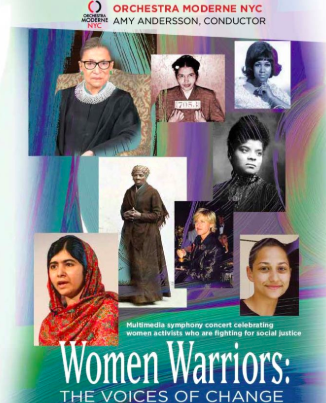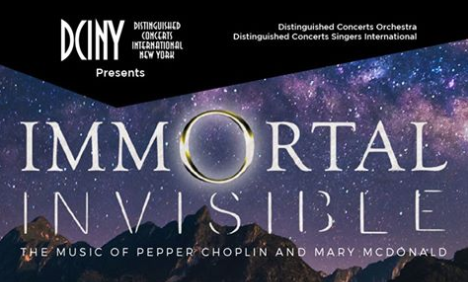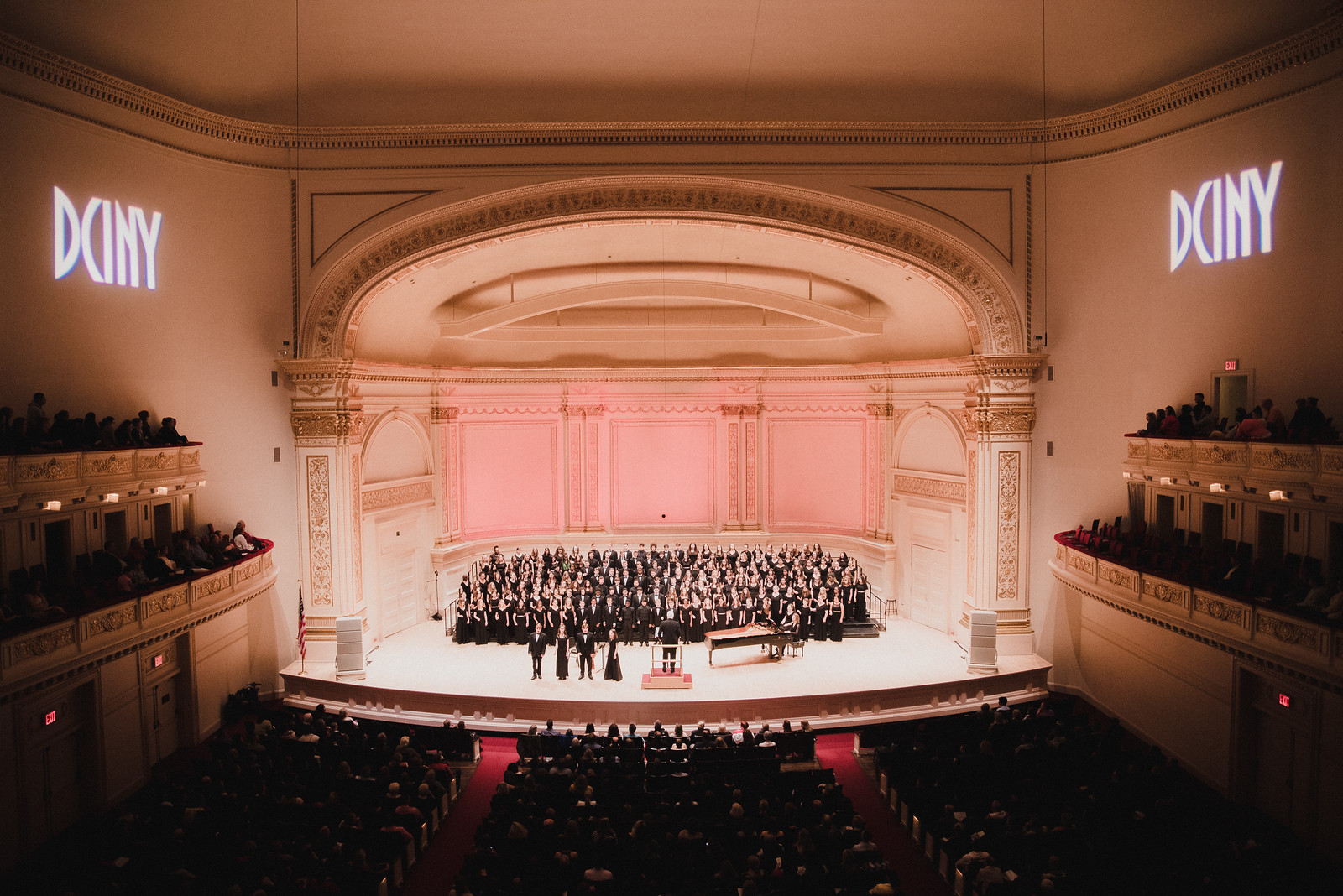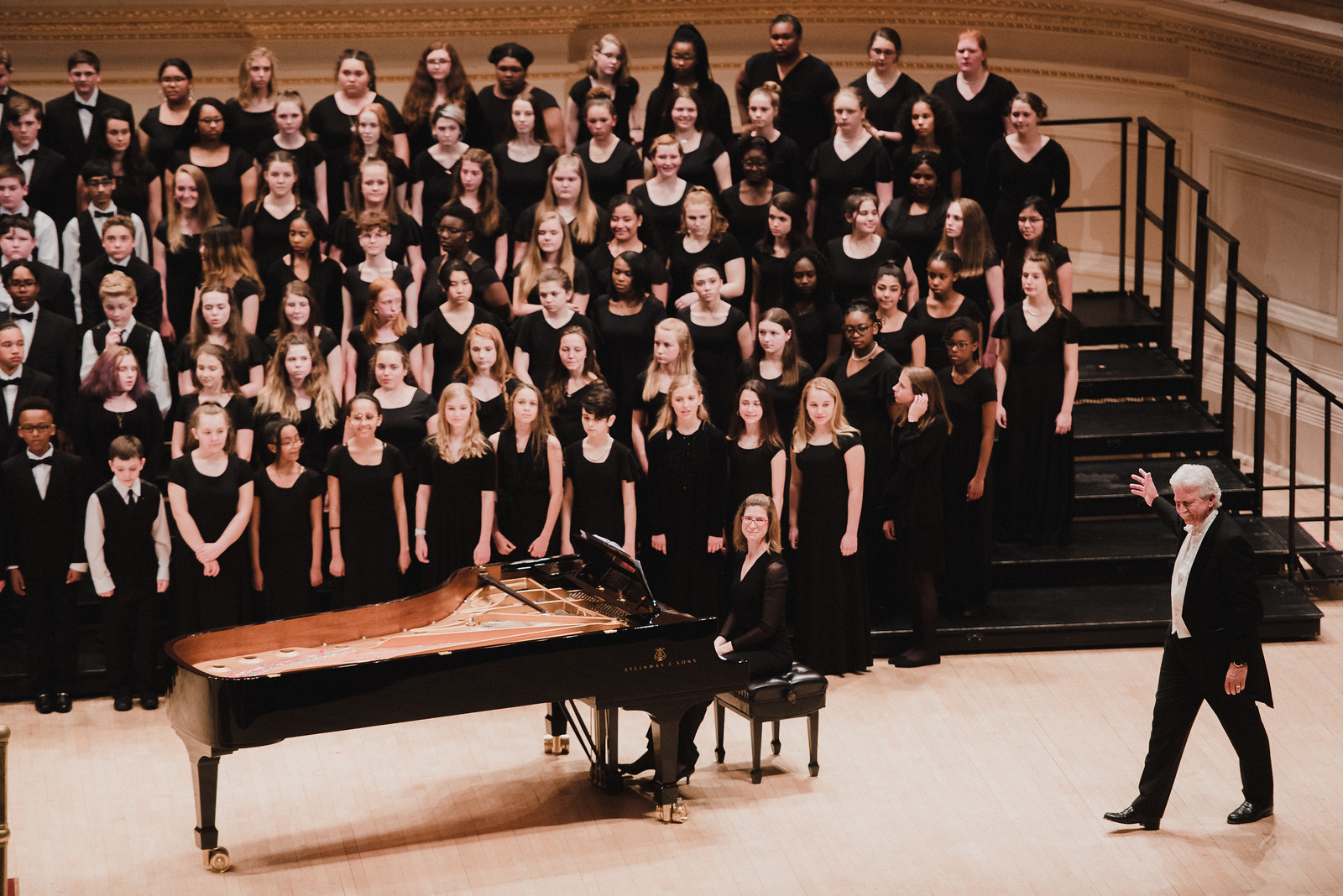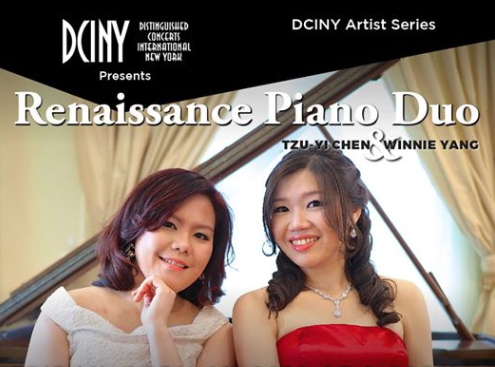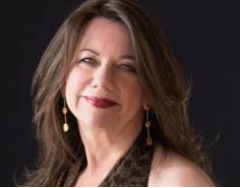Distinguished Concerts Singers International
Eric Whitacre, composer/conductor
Kelly Yu-Chieh Lin, piano
Stern Auditorium at Carnegie Hall. New York, NY
April 28, 2019
I haven’t attended one of DCINY’s reliably excellent massed-choir events in some time, so I’m happy to report that they took their already high standard to a new level with Sunday’s presentation of the music of one of the great choral leaders in America today, Eric Whitacre. The choirs are meticulously prepared by their individual directors prior to coming to New York for what must be an intense, perhaps even frantic, couple of days’ worth of rehearsal with the main conductor, in this case, Mr. Whitacre. He has the magic that imparts unanimity to diverse forces, for this was one of the most nuanced choral evenings I’ve ever heard, everything from thunder to whisper and every shade between. Kelly Yu-Chieh Lin, his collaborative pianist, was also superb.
More than 450 singers gathered (about half employed on each half of the program), mostly from high schools and academies in the US and Canada, with a few other international outliers. Everything was introduced charmingly and concisely by Mr. Whitacre.
The lion’s share of the program was devoted either to compositions or arrangements by the Grammy award-winning Mr. Whitacre, with two spirituals filling in nicely. He seems to know everyone in the business, not just musicians, but also poets, so everything on the program was related.
Mr. Whitacre’s strength lies in his ability to write luscious, flowing, lyrical (for the most part) choral textures that are enriched by the “cluster” technique (think Ola Gjeilo, Paul Mealor), which gives an emotional “cloud” or aura to the traditional tonal underpinnings of the pieces. He music is challenging enough for high-school age performers without being impossible, and full of gratifying substance for the listener.
The program opened with Mr. Whitacre’s arrangement of The Star-Spangled Banner, a touch that lent a certain sincere, old-fashioned quality to the whole. I recall when many events began with it, after all, the three stages in Carnegie Hall each display an American flag onstage to the audience’s left. Now, I like my anthems, well, “anthem-y,” that is, not too artsy, but when it is as high-quality as it was here, I can’t really object. Only the chord cluster under the final word “brave,” seductive as it was, seemed to me to impart a moment of doubt rather than fervor (perhaps I watch too much cable news!).
Then came one of Mr. Whitacre’s greatest hits: Lux Aurumque (also the title of an album), translated as “Light and Gold,” though I prefer “Golden Light.” The Latin is a translation by Mr. Whitacre’s friend, poet Charles Anthony Silvestri (more on him below) from an English original poem by Edward Esch (rare, one usually translates from Latin). The expression of awe at the birth of the Christ child was rapturous, the control exhibited by the choir breathtaking. The work was created in 2000, but really took off as part of Mr. Whitacre’s “Virtual Choir” project in 2009, involving amateur and professional choirs from 120 countries.
The City and the Sea comprised five poems of E.E. Cummings. Here, the sophisticated poetry made perfect word understanding difficult, always a hazard for larger choirs. Only Robert Shaw seems to have been able to solve this problem definitively. The texts to all the works were printed in the program however, so one could relax and take in the choral subtext added by the music. In fact, here’s a topic for another time: At what point does the choral sound “itself” become the message, even more important than whatever words are being rendered?
The Seal Lullaby (text by Rudyard Kipling) is the remnant of a film project that never materialized (instead, the studio made Kung Fu Panda!). Thank goodness Mr. Whitacre didn’t destroy it, for it forms a very touching and effective piece for choir—the mother seal singing to her baby.
Another Cummings setting, i carry your heart, was prompted by a friend’s seventh wedding anniversary. This was another stunner along the lines of Lux Aurumque. The radiance created by the clusters was the perfect metaphor for human love.
Cloudburst (text by Octavio Paz), is an almost literal depiction of the quiet of nature preceding a thunderstorm, and the rain itself, involving handbells, light percussion, and the snapping of hundreds of fingers that resulted in an uncanny sonic rainstorm (at one point even the audience was invited to contribute).
After intermission and choir-switch, Five Hebrew Love Songs were accompanied by a string quartet and tambourine. They were sentimental, as one would expect in a love song, of course, and very well-sung.
Then came the two zany volumes of Animal Crackers, to the silly, fun miniatures of Ogden Nash: Panther, Cow, Firefly; Canary, Eel, Kangaroo. Here one glimpsed a less lyrical side of Whitacre, with sharp bursts of humor in the brief lines, just cute enough in their delivery. I did feel that it was almost an embarrassment of riches for these texts, and that they might come off better by a smaller chamber choir (just me, the audience ate it up!)
Home, a movement from a larger work titled The Sacred Veil, is another work set to Mr. Whitacre’s friend Charles Anthony Silvestri’s poetry. We learned that the poet’s wife died of cancer way too young, and in coping with his grief, he was led to theorize about a realm perhaps mysteriously connecting the living and the dead. The section titled “Home” is about the moment when the poet realized that he was in love with the woman who would become his wife; who gave him the sense of “home.” What a lovely tribute from one friend to another, and to the departed.
Two traditional spirituals followed: Elijah Rock, and The Battle of Jericho, both arranged by Moses Hogan, another friend of Mr. Whitacre (hence the connection) who also died too young (age 47). The energy was high in these, and the choral sound that resulted was quite different from Mr. Whitacre’s spun lines. That he was able to reveal it so well attests to his quality as an interpreter.
The evening ended with Sleep, and Mr. Whitacre told an anecdote about having originally set Robert Frost’s Stopping by Woods on a Snowy Evening, but then being prevented from performing it or publishing it by the estate of the poet. Enter Silvestri. Mr. Whitacre had him fashion a poem with the same metric structure, to fit the existing music, and the result is this beautiful evocation. The choral diminuendo on the final word “sleep” (coincidentally, also the last word of Frost’s poem) went on repeating, each time softer, until one thought it couldn’t get any softer, and then it did. Amazing. I lost count of how many “sleeps” there were, a very good sign, since it means that I had surrendered my critical faculties to the music. Bliss.
The audience, formed primarily of friends and family, roared, and that moment at the end of each half when the “home” choral conductors are recognized always produces the biggest applause, so proud each of them must be.
by Frank Daykin for New York Concert Review; New York, NY

